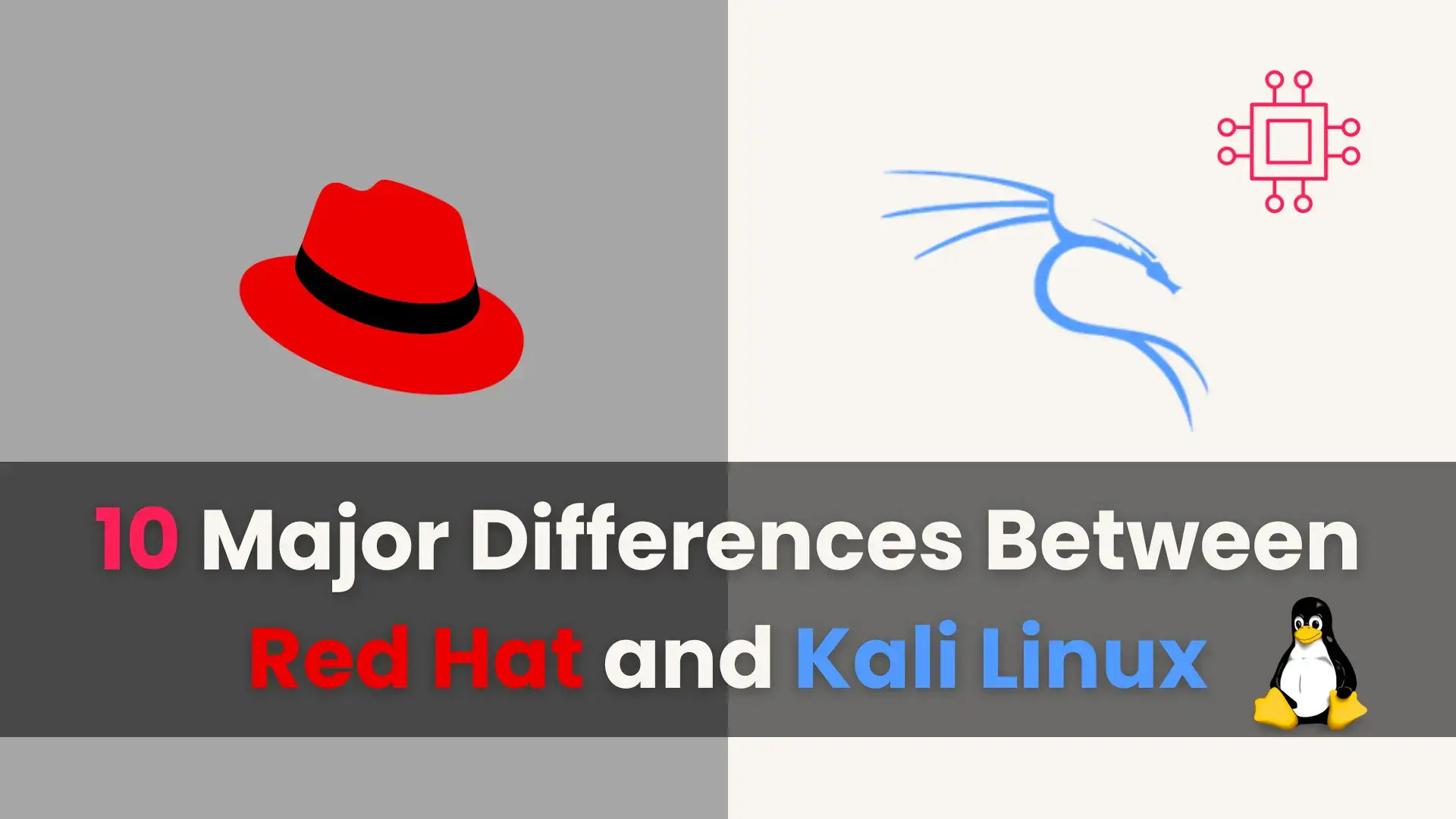
In this blog post, we’ll delve into the 10 major differences between Red Hat and Kali Linux, shedding light on their unique features, use cases,
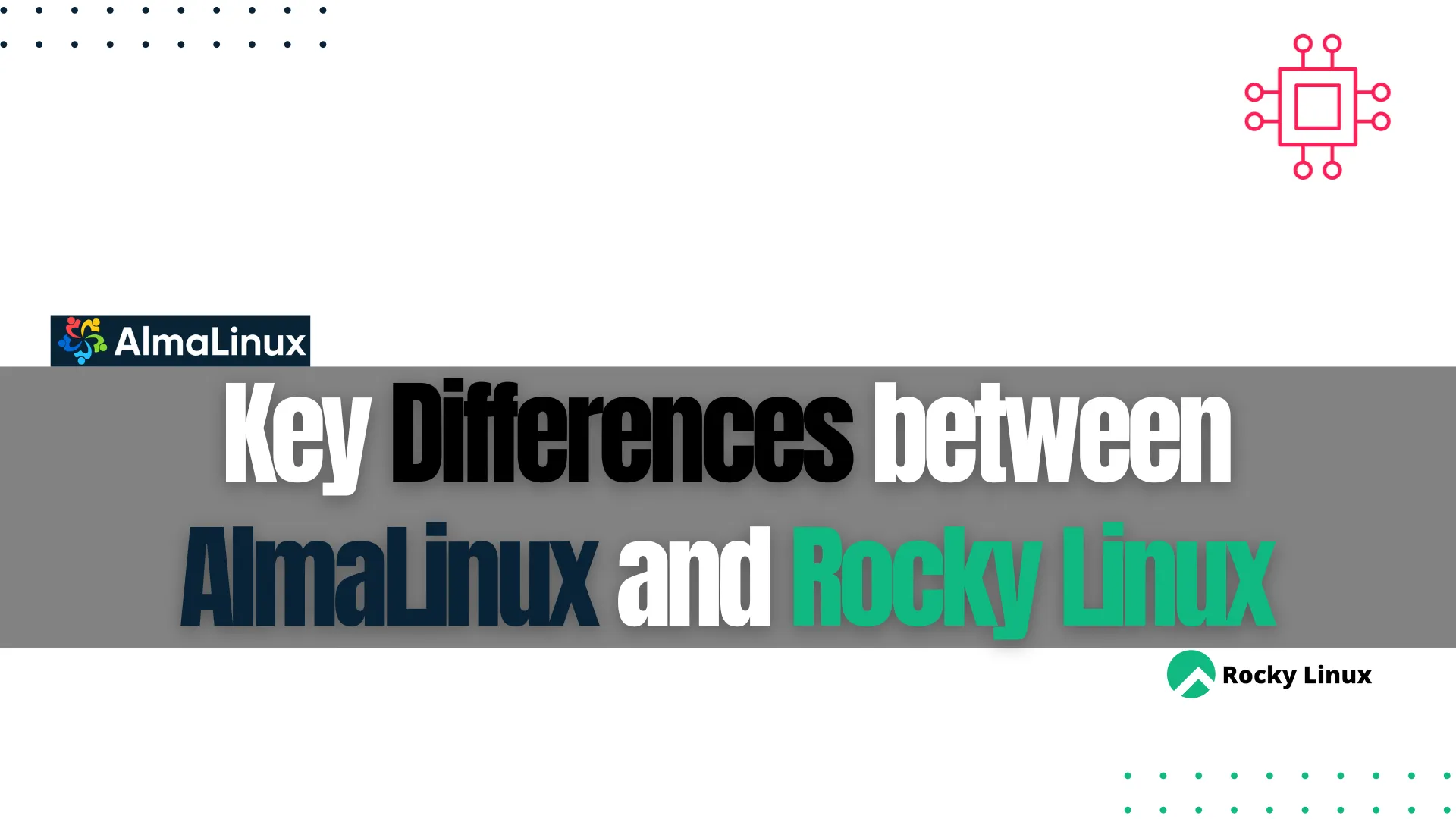
Explore the key differences between Rocky Linux and AlmaLinux in this comprehensive guide. Learn about their origins, features, community support, and ideal use cases to help you choose the right distribution for your server needs. Perfect for CentOS users transitioning to a stable, RHEL-compatible environment.
In the ever-evolving landscape of Linux distributions, two names have emerged as prominent alternatives to CentOS: Rocky Linux and AlmaLinux. Both projects were initiated in response to Red Hat’s decision to shift CentOS from a stable, community-driven release to a rolling-release model. In this blog post, we’ll explore the differences, similarities, and use cases of Rocky Linux and AlmaLinux to help you make an informed decision for your server environment.
Rocky Linux was founded by Gregory Kurtzer, one of the original creators of CentOS. Launched in 2021, it aims to provide a community-driven, production-ready operating system that is 100% bug-for-bug compatible with Red Hat Enterprise Linux (RHEL). The name honors the late Rocky McGaugh, a significant figure in the CentOS community.
AlmaLinux was created by CloudLinux, a company known for enhancing the security and stability of Linux distributions. Also launched in 2021, AlmaLinux is a community-driven distribution that is designed to be a drop-in replacement for CentOS, ensuring RHEL compatibility while being supported by a robust community.
Both Rocky Linux and AlmaLinux aim to be seamless transitions for CentOS users. Below is a detailed comparison of their key features:
| Feature | Rocky Linux | AlmaLinux |
|---|---|---|
| Origin | Community-driven, founded by Gregory Kurtzer | Backed by CloudLinux, community-driven |
| License | GPLv2 | GPLv2 |
| RHEL Compatibility | Yes | Yes |
| Support Lifecycle | 1:1 with RHEL (up to 2029) | 1:1 with RHEL (up to 2029) |
| Package Manager | DNF | DNF |
| SELinux Support | Yes | Yes |
| Desktop Environments | Minimal by default, user choice available | Minimal by default, user choice available |
| Release Model | Stable releases | Stable releases |
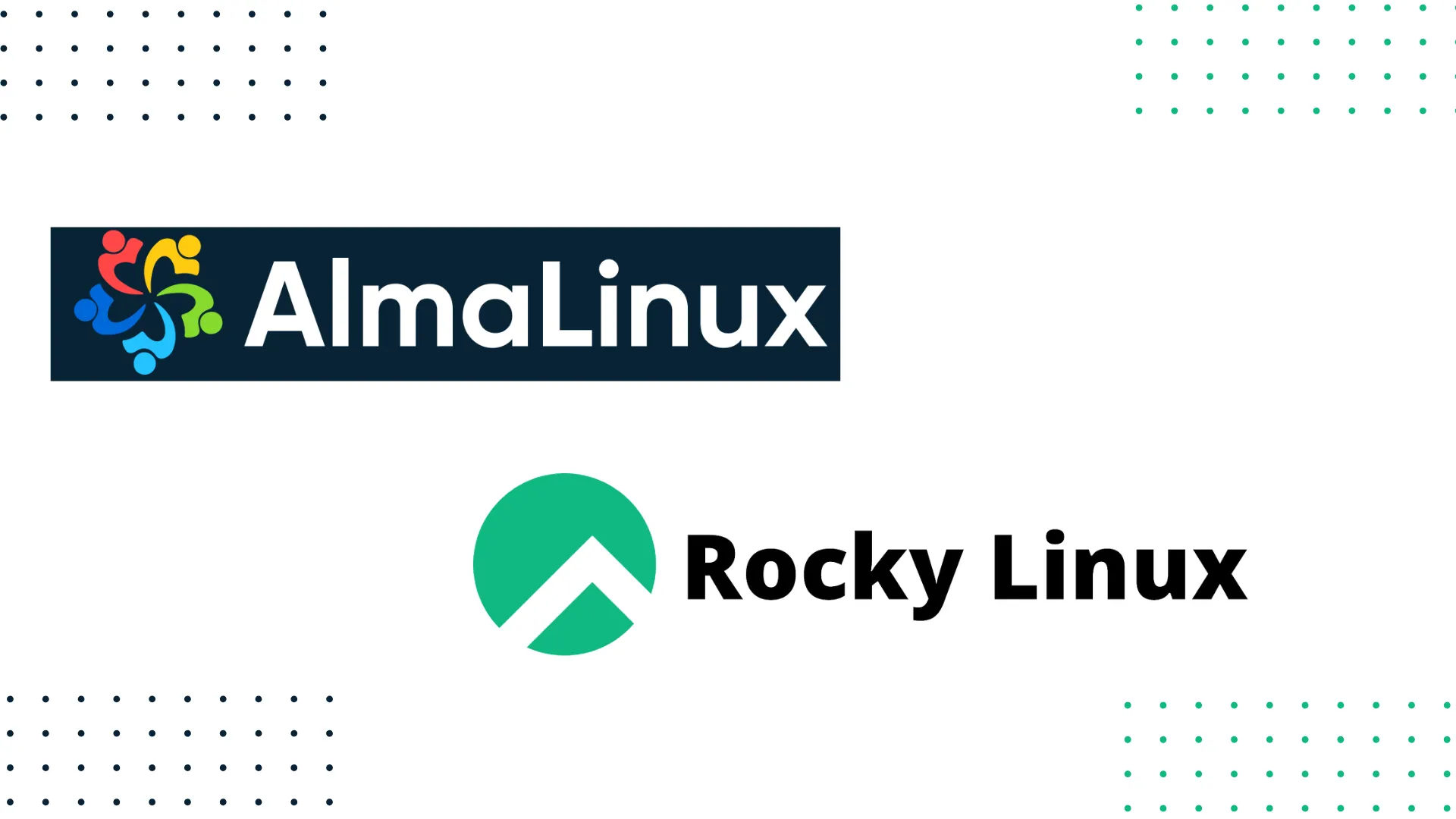
Photo by admingeek from Infotechys
Rocky Linux Community |
Rocky Linux boasts a vibrant community that encourages contributions from developers and users alike. The project has a clear governance model, ensuring that decisions are made transparently. Community forums, mailing lists, and a dedicated chat platform allow users to seek help and collaborate.
AlmaLinux Community |
AlmaLinux also has a strong community focus, with forums and a well-maintained documentation site. AlmaLinux Foundation was established to support its long-term sustainability and growth, emphasizing transparency and inclusivity. Both distributions offer comprehensive documentation and community support, but the choice might depend on the specific community engagement style you prefer.
Rocky Linux Installation Steps |
Download the ISO: Visit the Rocky Linux official website and download the latest ISO image.
Create Bootable Media: Use tools like Rufus or Etcher to create a bootable USB.
Boot from USB: Insert the USB drive into your server and boot from it.
Follow the Installation Wizard: Choose your language, keyboard layout, and installation
destination.
Complete Installation: Follow the prompts to complete the installation.
AlmaLinux Installation Steps |
Download the ISO: Head over to the AlmaLinux official site to download the ISO image.
Create Bootable Media: Similar to Rocky Linux, use tools like Rufus or Etcher.
Boot from USB: Boot your server from the created USB drive.
Installation Wizard: Select your language, keyboard, and installation target.
Finish Installation: Follow the installation steps to complete the process.
Both Rocky Linux and AlmaLinux are designed for high performance and stability. However, user experiences may vary based on server configurations and specific workloads.
Performance Benchmarks |
Anecdotal evidence and benchmarks suggest that both distributions perform comparably to CentOS. Benchmarking tools like sysbench can be used to compare performance in specific scenarios.
Stability |
Both distributions have been noted for their stability, with the backing of strong communities ensuring timely updates and bug fixes. They both follow RHEL’s update cycle closely, promising a secure and reliable environment.
Choosing between Rocky Linux and AlmaLinux often depends on your specific use cases. Here are some common scenarios for each:
Ideal Use Cases for Rocky Linux |
| Use Cases | Description |
|---|---|
| Enterprise Servers | Organizations seeking a reliable, long-term support distribution that honors CentOS’s legacy. |
| Web Hosting Providers | Providers requiring a solid base for customer-facing applications. |
Ideal Use Cases for AlmaLinux |
| Use Cases | Description |
|---|---|
| Cloud Deployments | Businesses leveraging CloudLinux’s experience in providing secure environments can benefit from AlmaLinux. |
| Development Environments | Developers seeking a stable and predictable environment for building applications. |
Both Rocky Linux and AlmaLinux are excellent choices for users transitioning from CentOS. Their commitment to community-driven development and RHEL compatibility makes them reliable options for various use cases.
In summary, your choice between Rocky Linux and AlmaLinux should be influenced by factors such as community support, corporate backing, and specific project needs. Whether you prefer the legacy of Rocky Linux or the commercial support of AlmaLinux, both distributions are poised to support your Linux server environments well into the future.
Final Thoughts |
As the tech landscape continues to evolve, keeping your server environment up-to-date and secure is paramount. Both Rocky Linux and AlmaLinux offer viable paths forward for CentOS users. Evaluate your requirements, test both options, and make an informed decision that best suits your needs.
Additional Resources |
By understanding the differences and similarities between these two distributions, you’ll be better equipped to choose the right path for your server management needs. Did you find this article useful? Your feedback is invaluable to us! Please feel free to share your thoughts in the comments section below.

In this blog post, we’ll delve into the 10 major differences between Red Hat and Kali Linux, shedding light on their unique features, use cases,
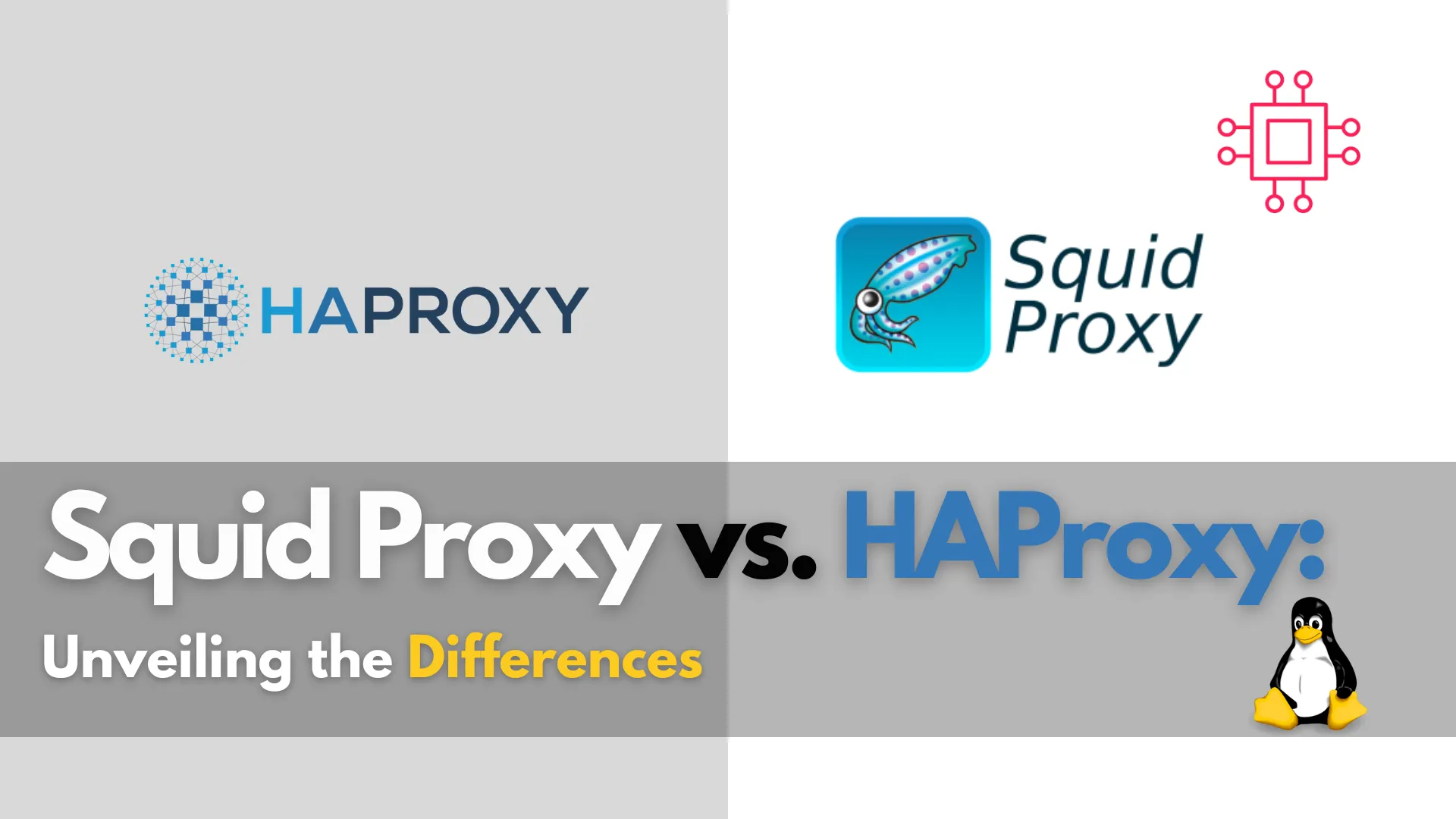
In this comprehensive guide, we’ll delve into the intricacies of Squid Proxy and HAProxy, shedding light on their differences, use cases, and features. Table of
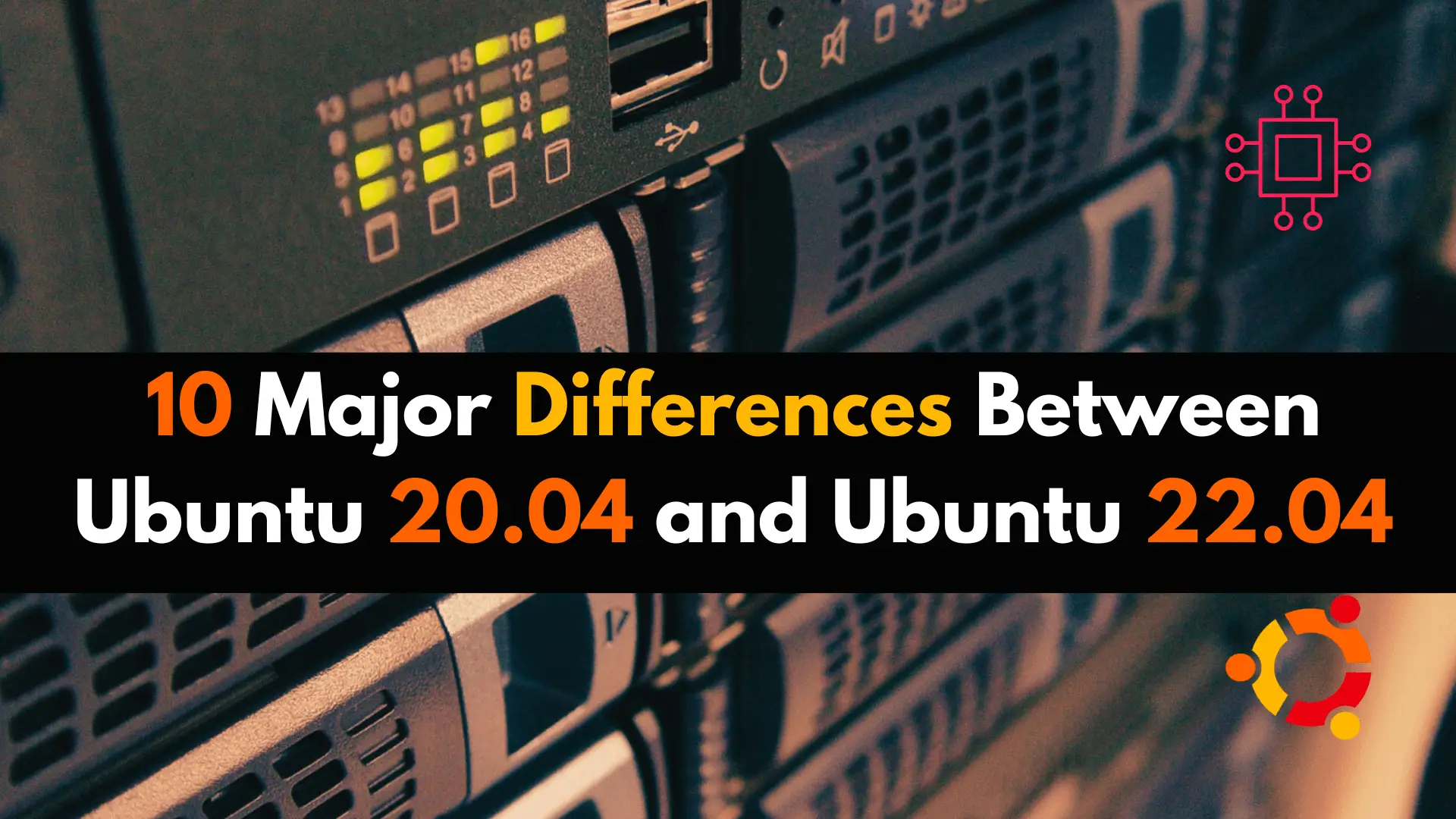
In this blog post, we’ll explore the 10 major differences between Ubuntu 20.04 and its latest iteration, Ubuntu 22.04, shedding light on the advancements that await
